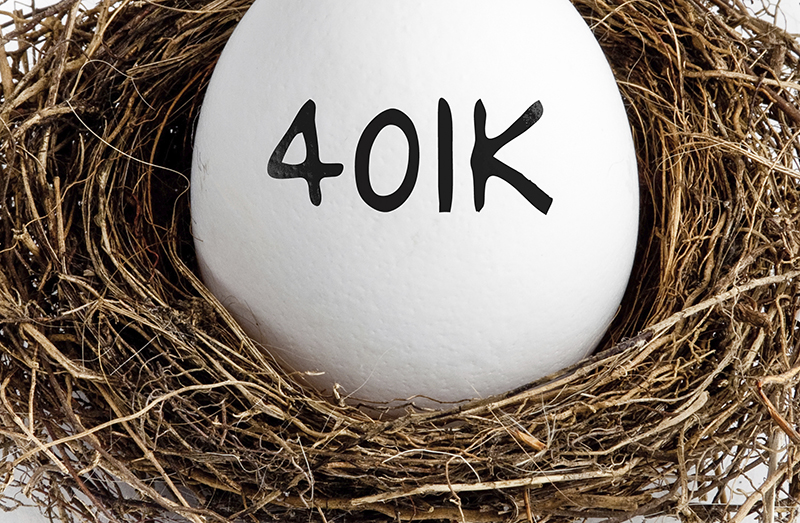Should you borrow from your 401(k)?
April, 02 2014 by Carolyn Richardson, EA, MBA
“Neither a borrower nor a lender be.” At least according to William Shakespeare, borrowing money is evil and should be avoided, as he admonished in Hamlet. But what if you can be both the borrower and the lender? Sounds like a great deal, and, surprisingly enough, this is something that is fairly common in many workplaces such as 401(k) retirement plans. But is it a good deal, or not? Like so much of life when it comes to finances, the answer is: “it depends.”
If your employer allows you to borrow money against your 401(k), you are essentially using the 401(k) balance as collateral for the loan and you usually make payments on the loan via payroll deductions. This has the advantage of being quick and easy, as most employer plans can deliver a check in less than two weeks and the amount borrowed can reach as much as 50% of the 401(k) balance.
If you have a steady job and it’s unlikely that you will be quitting, retiring, or getting laid off any time in the foreseeable future, loans against your 401(k) can be useful. Since you are borrowing money from yourself (or your 401(k) balance as in this case), you are also paying money back to yourself. Typically, the interest rate is a little lower than what you would get by borrowing money from a bank or credit union, and you can set the payback period as well (although your employer may have minimum or maximum repayment periods). If the 401(k) is invested in stocks or other equities, your return on your investment may even be higher than what you would normally get. For example, if you borrow money at 4% from your 401(k), that 4% return is guaranteed on the portion borrowed. If the market tanks, 4% may give you higher growth than you would have received if you hadn’t borrowed. On the other hand, if the market goes wild, you will also lose out on that growth since you are stuck at 4% growth on the money borrowed.
But if your job is unsteady, the real headaches begin. If you leave your job – for whatever reason – without paying back the loan within 60 days, the 401(k) trustee must report the remaining balance on the loan as a distribution. And that distribution is taxable to you at your normal income tax rates. And if you are under 59½ at the time, it will also be subject to an additional 10% penalty.
“But wait a minute,” you say, “I borrowed that money 5 years ago, I don’t have any of it left to pay the taxes!” Well, that’s really too bad, but it doesn’t alter the end result. Since you didn’t pay tax on the money contributed to the 401(k) when the contributions were made – those wages are not included in your taxable wages on your W-2 – and you didn’t pay taxes on the money you withdrew as a loan because loans are not taxable income, the tax is now due because you did not pay the money back. And unlike other kinds of cancellation of debt (which is what this essentially is), it doesn’t qualify for any exclusion from income.
Because interest rates are so low right now, you may want to see if you can borrow the money from another source to pay back the 401(k) loan within the 60 day period after you leave your job. This would prevent it from being called a distribution by the IRS, and may be cheaper in the long run after avoiding the 10% penalty, particularly if the amount due is low.





